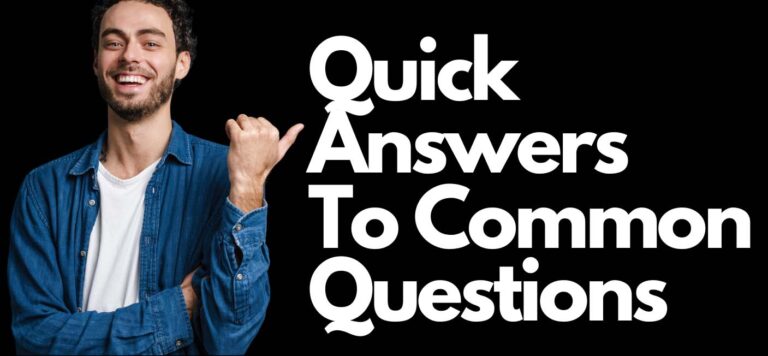PMI Risk Management refers to the process and framework for identifying, analyzing, and responding to project risks to maximize the likelihood of project success. This approach is guided by the PMI (Project Management Institute), which provides standards, certifications, and best practices in project risk management. The core idea is to proactively address risks that might impact a project’s objectives, including scope, schedule, cost, and quality, ensuring projects are delivered successfully with minimal disruptions.
Associated Exams
- Certification: PMI Risk Management Professional (PMI-RMP)®
- Prerequisites: Varies based on education and experience in risk management
- Exam Format: Multiple-choice questions
- Exam Duration: 3.5 hours
- Number of Questions: 170
Exam Costs
The cost to take the PMI-RMP exam is approximately $520 for PMI members and $670 for non-members.
Exam Objectives
- Risk Strategy and Planning
- Stakeholder Engagement
- Risk Process Facilitation
- Risk Monitoring and Reporting
- Perform Specialized Risk Analyses

Information Security Manager Career Path
Propel your career forward and be part of an essential member of any management team as an Information Security Manager. This advanced training series is designed specifically for those want to move up into a management position in the IT field.
Frequently Asked Questions Related to PMI Risk Management
What are the benefits of obtaining a PMI-RMP certification?
Obtaining a PMI-RMP certification demonstrates a professional’s expertise and commitment to managing project risks. It enhances one’s ability to identify and assess project risks, mitigate threats, and capitalize on opportunities, leading to improved project outcomes. Additionally, it often leads to higher earning potential and career advancement opportunities in the field of project management.
How does PMI Risk Management integrate with other project management practices?
PMI Risk Management integrates seamlessly with other project management practices through its focus on proactive risk identification, analysis, and response planning. This ensures that risk management is a continuous process throughout the project lifecycle, aligning with practices in scope, time, cost, quality management, and more to enhance overall project performance and delivery.
What are the prerequisites for taking the PMI-RMP exam?
The prerequisites for taking the PMI-RMP exam include a secondary degree (high school diploma, associate’s degree, or the global equivalent), 4,500 hours of project risk management experience, and 40 hours of project risk management education. Alternatively, if you have a four-year degree (bachelor’s degree or the global equivalent), you need 3,000 hours of project risk management experience and 30 hours of project risk management education.
Can PMI Risk Management techniques be applied to non-project environments?
Yes, PMI Risk Management techniques can be applied to non-project environments. The principles of risk identification, analysis, response planning, and monitoring are universal and can be adapted to various organizational processes and operations, helping to manage risks in ongoing business activities or strategic initiatives.
How often should risk assessments be conducted in a project’s lifecycle?
Risk assessments should be conducted at multiple stages throughout a project’s lifecycle, starting from the initiation phase and continuing through planning, execution, monitoring, and closure. The frequency of risk assessments depends on the project’s complexity, its environment, and how rapidly project variables and external factors change. It’s crucial to conduct these assessments at key milestones, when major decisions are made, or when external or internal changes occur that may affect the project’s risk profile.
Key Term Knowledge Base: Key Terms Related to PMI Risk Management
Project Management Institute (PMI) Risk Management encompasses the processes and strategies used by project managers to identify, analyze, and respond to potential risks that could impact a project’s timeline, performance, or budget. Understanding the key terms in PMI Risk Management is essential for professionals involved in project management, as it enables them to effectively plan for and mitigate risks, ensuring project success. Here is a list of key terms and definitions that are fundamental to mastering PMI Risk Management:
| Term | Definition |
|---|---|
| Risk Management Plan | A document that outlines how risk management activities will be conducted throughout the project, including methodologies, roles and responsibilities, budgeting for risk management activities, and timing. |
| Risk Identification | The process of determining which risks might affect the project and documenting their characteristics. |
| Qualitative Risk Analysis | The process of prioritizing risks for further analysis or action by assessing their impact and likelihood of occurrence. |
| Quantitative Risk Analysis | The process of numerically analyzing the effect of identified risks on overall project objectives. |
| Risk Response Planning | The development of options and actions to enhance opportunities and to reduce threats to project objectives. |
| Risk Register | A project document used to record all identified risks, including their characteristics and the outcome of risk response planning. |
| Risk Categories | A way to group potential risks to provide effective means of identifying potential risks to the project. Common categories include technical, external, organizational, and project management risks. |
| Risk Appetite | The degree of uncertainty an organization or individual is willing to accept in anticipation of a reward. |
| Risk Tolerance | The level of risk that an organization or individual is willing to accept or bear. |
| Risk Threshold | The point at which a risk becomes unacceptable. |
| Risk Owner | The individual responsible for managing a risk and its potential response strategies. |
| Risk Mitigation | Actions taken to reduce the likelihood and/or impact of a risk. |
| Risk Avoidance | Changing the project plan to eliminate the risk or to protect the project objectives from its impact. |
| Risk Transfer | Shifting the impact of a risk to a third party, along with ownership of the response. |
| Risk Exploitation | Taking actions to ensure that opportunities are realized. |
| Risk Enhancement | Taking actions to increase the probability and/or the positive impacts of an opportunity. |
| Risk Sharing | Allocating ownership of a risk to another party who is best equipped to manage the risk effectively. |
| Risk Acceptance | Acknowledging the risk and deciding to accept its impact without taking specific actions to address it. |
| Monte Carlo Analysis | A quantitative risk analysis technique that simulates a model’s outcome based on the variation of key parameters to assess the impact of risk. |
| Sensitivity Analysis | An analysis to determine which risks have the most potential impact on the project by changing one risk at a time while keeping other risks constant. |
| Expected Monetary Value (EMV) | A statistical technique in risk management used to calculate the average outcome when the future includes scenarios that may or may not happen. |
| Risk Review | The process of reevaluating existing risks, identifying new risks, and evaluating the effectiveness of risk responses throughout the project lifecycle. |
| Contingency Reserve | Funds or time allocated within the project budget or schedule for known risks with active response strategies. |
| Management Reserve | Funds or time set aside to address unforeseen risks or changes in a project. |
These terms form the foundation of effective risk management in the context of PMI’s framework, providing a comprehensive vocabulary for professionals to communicate and execute risk management strategies efficiently.
















